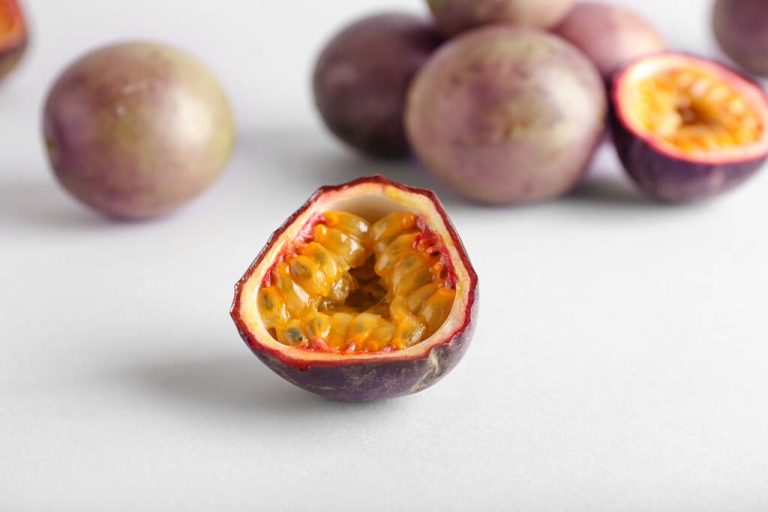Eating passion fruit is healthy and the fruit is full of vitamins and nutrients. But which parts of the exotic fruit can you eat and what about their ecological balance?

Passion fruit is easily confused with the closely related passion fruit. You can tell them apart by size and color: Passion fruits are small, purple to purple fruits. Maracujas, on the other hand, are larger and more yellow-orange in color. However, passion fruit is mainly suitable for making juice, as it is very acidic and therefore hardly edible on its own.
Passion fruits, on the other hand, are easy to eat and have a pleasantly sweet and sour taste. In terms of nutrient content, they are in no way inferior to their orange relatives: they are rich in vitamin C, various B vitamins, potassium and iron. You can eat both the pulp and the seeds of the passion fruit. The shell, on the other hand, is not edible.

Passion fruit: What can the little vitamin bomb do?
If you want to eat passion fruit, you should make sure that it does not ripen. They also don’t last very long. So when buying passion fruit, it is best to look for a dark color and consume it within a few days. If your passion fruit looks a little wrinkled on the outside, don’t worry. It just means the skin has lost moisture. However, it is a sign that you should eat the fruit as soon as possible, otherwise the pulp can dry out and the passion fruit then no longer tastes particularly good.
Tip: You can recognize a ripe passion fruit by the fact that it feels heavy, like an egg. This is because it still has a lot of liquid in it and the pulp hasn’t dried out too much.

